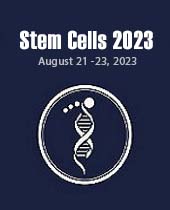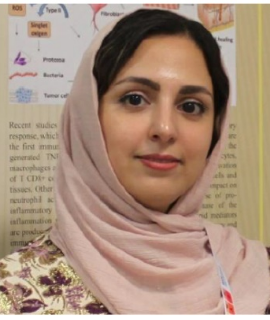Title : Biological responses of stem cells to photobiomodulation therapy
Abstract:
Stem cells have attracted the researcher’s interest, due to their applications in regenerative medicine. Their self-renewal capacity for multipotent differentiation, and immunomodulatory properties make them unique to significantly contribute to tissue repair and regeneration applications. Recently, stem cells have shown increased proliferation and, in some cases, differentiation when irradiated with low-level laser therapy or Photobiomodulation Therapy (PBMT), which induces the activation of intracellular and extracellular chromophores and the initiation of cellular signalling.
Studies demonstrated that red to near-infrared light is absorbed by the mitochondrial respiratory chain. Mitochondria are significant sources of reactive oxygen species (ROS). Mitochondria play an important role in metabolism, energy generation, and are also involved in mediating the effects induced by PBMT. PBMT may result in the increased production of (ROS), nitric oxide (NO), adenosine triphosphate (ATP), and cyclic adenosine monophosphate (cAMP). These changes, in turn, initiate cell proliferation and induce the signal cascade effect.
The findings of various studies suggest that PBMT-based regenerative medicine could be a useful approach for future advances in tissue engineering and cell therapy.


